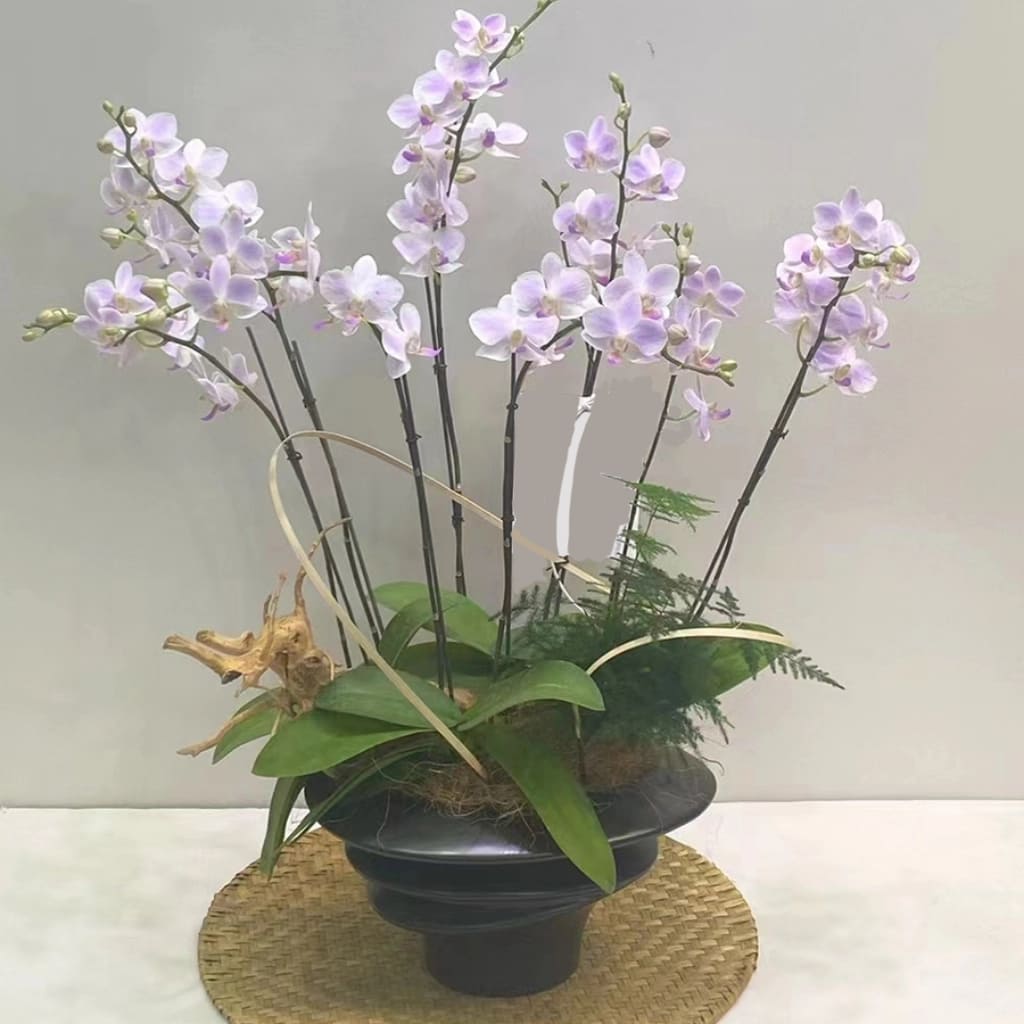
Epiphytic vs. Terrestrial Orchids: Key Root Differences for Pot Selection
Share
Orchids are divided into two main types: epiphytic (growing on trees/rocks) and terrestrial (growing in soil). Their root needs are very different—here’s what you need to know to choose the right pot.
Epiphytic Orchids (e.g., Phalaenopsis, Dendrobium)
How they grow: Live on trees/rocks, use air roots to absorb water/nutrients from the air.
Roots: Thick, spongy, need lots of air—they rot if wet for too long.

Pot needs:
Shallow pots (4–6 inches deep) to prevent bottom water pooling.
Many drainage holes (bottom and sides) for fast water escape.
Un-glazed clay or slatted pots for good air flow.
Common types: Moth Orchids (Phalaenopsis), Dendrobium, Oncidium.

Terrestrial Orchids (e.g., Cymbidium, Paphiopedilum)
How they grow: Live in soil, have fleshy roots that store water/nutrients.
Roots: Need moderate moisture—not too wet (rot) or too dry (shrink).

Pot needs:
Deeper pots (8+ inches deep) for vertical root growth.
3–5 large drainage holes (bottom only) to keep soil moist but not soggy.
Glazed clay or plastic pots to retain some moisture.
Common types: Lady’s Slipper (Cypripedium), Cymbidium, Paphiopedilum.

Why It Matters: Wrong Pot = Dead Roots
Epiphytic orchids in deep, slow-draining pots? Roots drown from too much water.
Terrestrial orchids in shallow, airy pots? Roots can’t grow deep or stay moist enough.

Simple Rule:
Epiphytic = Shallow, many holes, airy pots (they hate wet feet!).
Terrestrial = Deep, fewer holes, pots that hold some moisture (they need stable soil).
Next: How pot depth affects root health—get ready to pick the right "height" for your orchid!
